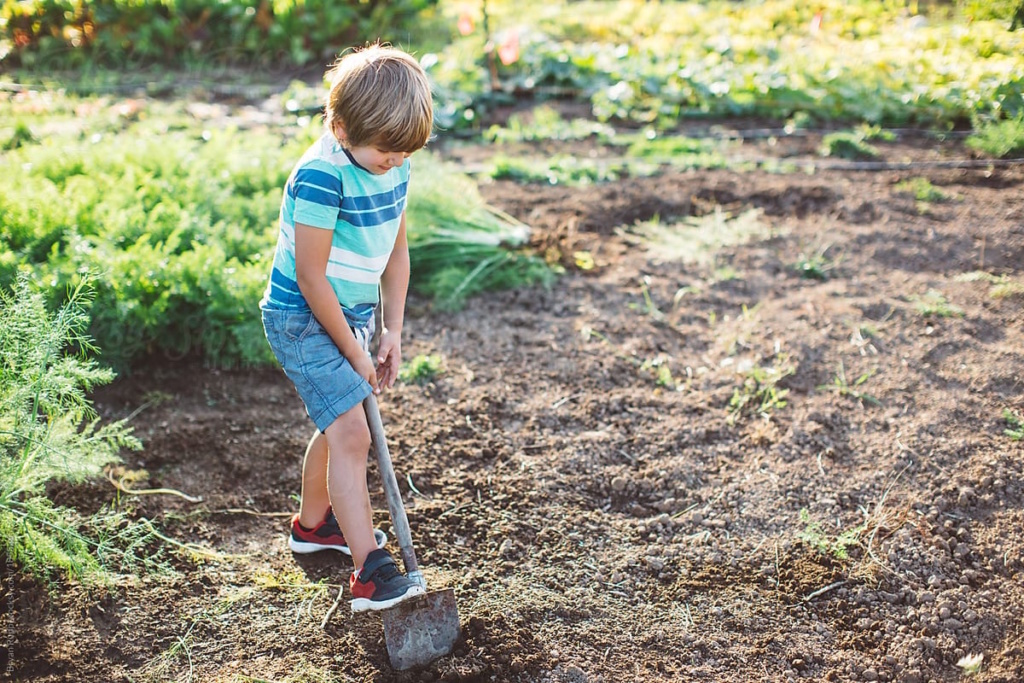
In this activity ecological understanding starts with recognising the differences between natural, biodegradable materials and non-biodegradable made materials. This basic understanding underpins the concepts of recycle, reuse and reduce that even the youngest children can begin to explore. The current ecological crisis has been caused by linear thinking, by people not recognising that we live in systems that are all connected and all feedback to each other. The problem with plastic, for example, is that we haven’t taken account of plastics’ non-biodegradability. Natural systems cannot absorb it. If we understood ecology, we would know that is a serious problem. This activity introduces these fundamental concepts to young children.
Age Group: Foundation Phase/Stage, Year 1.
Links to Planning Tool: Ecological understanding
Purpose:
For very young children to understand the concept of biodegradability.
Materials
- A nylon sock for each group of children (3-5 children)
- A set of objects to place in the socks which are biodegradable and non-biodegradable, for example, banana skin, apple core, orange peel or anything related to fruit; matchstick or small piece of wood, paper (biodegradable); glass, metal, plastic (non-biodegradable).
- Each group should have the activity sheet attached - diagram of a sock
Groupings
Children work in small groups.
Procedure
- Explain to the children that each group are going to bury a sock in the garden with different objects in.
- Give out the Activity Sheet with a sock drawn on it.
- Show the children the items to put in their socks.
- As they put each item in the sock ask them to draw the item inside the sock on the activity sheet.
- Tell the children they are going to dig the socks up next term and ask them what they think will happen to each of the items.